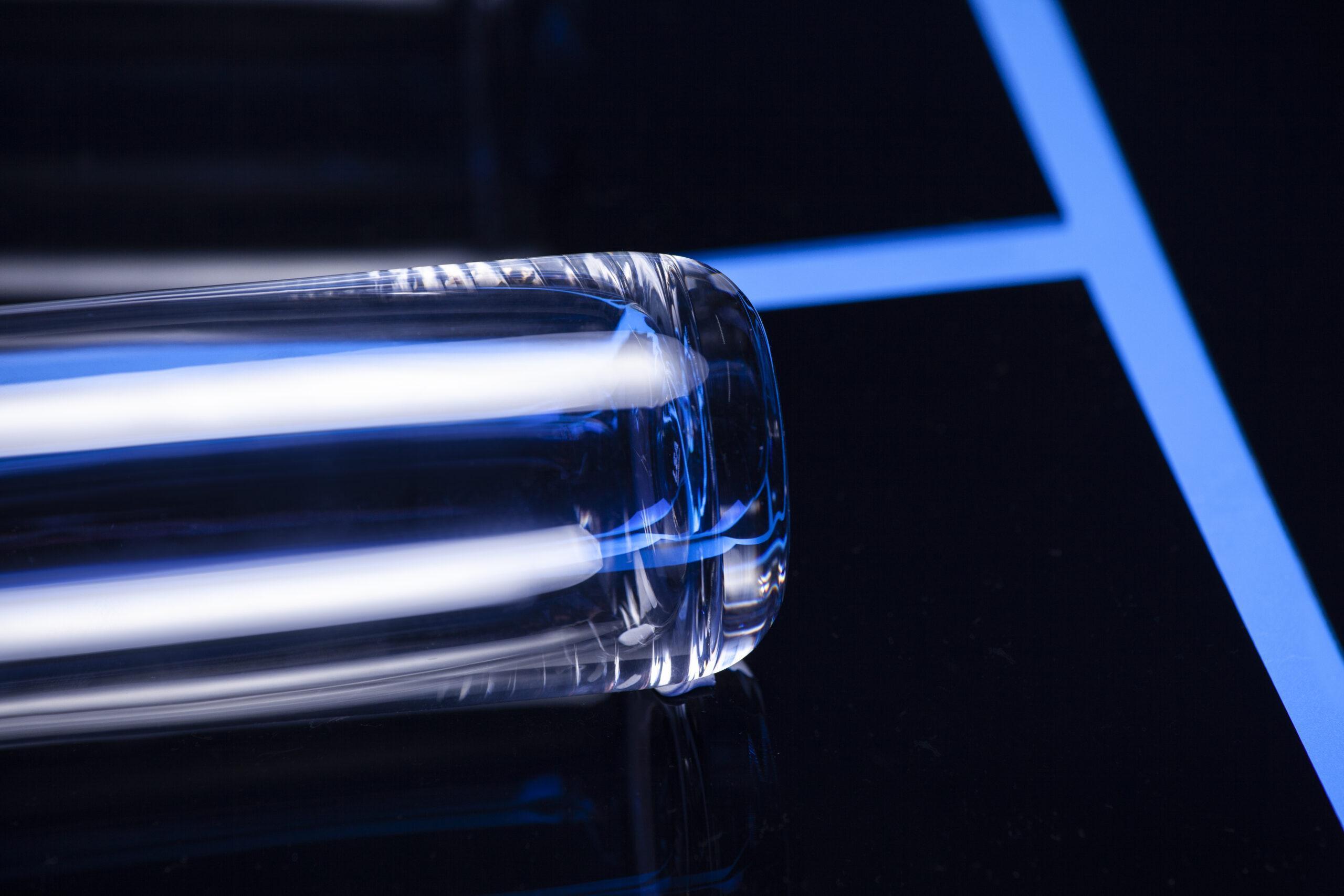Ancient Tattoos Revealed: Laser Technology Uncovers 1,200-Year-Old Ink on Peruvian Mummies
Groundbreaking Imaging Technique Brings Pre-Hispanic Body Art to Life
By James Woodford
For decades, the tattoos on 1,200-year-old mummies from Peru remained a mystery—faded, blurred, and nearly invisible to the naked eye. Now, thanks to an innovative laser imaging technique, researchers have uncovered these ancient designs in astonishing detail, revealing intricate patterns that may have been inked using cactus needles or animal bones.
The mummies, belonging to the Chancay culture, were discovered in 1981 at the Cerro Colorado cemetery in Peru’s Huaura Valley. While archaeologists knew that many of the 100 preserved bodies bore tattoos, the original designs had been obscured by time, with ink bleeding into surrounding skin and fading over centuries.
Now, a team led by Dr. Michael Pittman from the Chinese University of Hong Kong has used laser-stimulated fluorescence (LSF) to illuminate these ancient tattoos with unprecedented clarity. The breakthrough not only reveals the artistry of pre-Hispanic body modification but also opens new doors for studying tattoos on mummies worldwide.

How Lasers Brought Ancient Tattoos Back to Life
The researchers conducted their experiments in a dark room, scanning the mummies with lasers and taking long-exposure photographs. The laser light caused the skin to fluoresce brightly, while the tattoo ink remained dark, creating a stark contrast.
“This technique is completely non-destructive and allows us to see not just surface ink but also deeper layers of pigmentation,” Pittman explains. “It helped us cut through the blurred, faded ink to reconstruct the original designs.”
Unlike traditional photography or infrared imaging, LSF provides a three-dimensional view of the tattoos, showing how deeply the ink was embedded in the skin. This level of detail suggests that the Chancay people used a needle-and-ink method, possibly with cactus spines or sharpened animal bones, rather than the “cut and rub” technique seen in other ancient cultures.
The Art and Meaning of Chancay Tattoos
The tattoos feature geometric patterns—triangles, diamonds, and intricate linework—that mirror designs found on Chancay pottery and textiles. Some pottery figurines even depict human figures with similar body art, confirming that tattoos were a significant cultural practice.
- Complex vs. Simple Designs: Some tattoos are highly detailed, suggesting they held special meaning or required skilled artisans. Others are small and simple, indicating personal or decorative purposes.
- Cultural Significance: The widespread presence of tattoos among Chancay mummies implies they were more than just adornment—they may have denoted status, lineage, or spiritual beliefs.
“There are clear parallels between ancient Chancay tattoos and modern body art,” Pittman notes. “Some were clearly meaningful, while others may have been personal expressions—just like today.”
A New Frontier in Archaeology
This study marks the first time laser-stimulated fluorescence has been used to analyze ancient tattoos. The success of the technique means it could be applied to mummies from other cultures, including:
- Egyptian mummies (some of the oldest tattooed remains)
- Siberian Ice Maiden and other Pazyryk culture tattoos
- Ötzi the Iceman, Europe’s oldest natural mummy, who bears 61 tattoos
“We plan to use this method on other ancient tattoos worldwide,” says Pittman. “There could be hidden designs we’ve never seen before.”
What This Discovery Tells Us About Ancient Peru
The Chancay culture (flourished 1000–1470 AD) was known for its ceramics, textiles, and elaborate burial practices. The fact that tattoos were so common suggests they played a key role in identity and ritual.
- Possible Functions of Tattoos:
- Ritual Protection (similar to symbols found on funerary objects)
- Social Markers (indicating clan, profession, or marital status)
- Healing or Medical Use (some ancient tattoos were therapeutic)
Conclusion: A Lost Artform Rediscovered
Thanks to cutting-edge technology, we can now appreciate the skill and cultural importance of Chancay tattoos in ways that were impossible just a few years ago. As researchers apply this method to other mummies, we may uncover even more about how ancient societies used body art—not just as decoration, but as a language of identity, belief, and tradition.
Further Reading:
- “Body Art in the Ancient World” – Journal of Archaeological Science
- “The Chancay Culture: Textiles, Pottery, and Rituals” – National Geographic Archaeology
- “Laser Imaging in Archaeology: New Frontiers” – Nature Research
Image Credits: Public domain reconstructions of Chancay pottery and tattoo patterns.
This article is based on peer-reviewed research and is free to reproduce with attribution. For updates on ancient tattoo discoveries, follow #AncientInk on social media.

